Relative Humidity, Explained: Why Understanding It Matters for Your Health and Home
- Denrie Perez
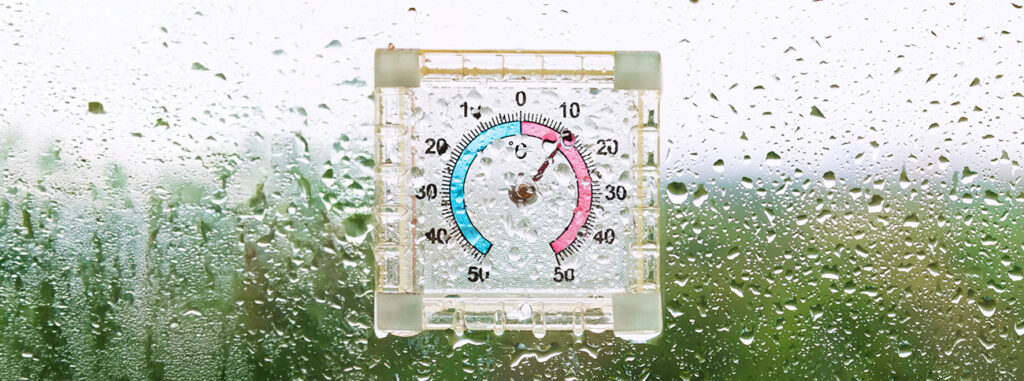
Managing indoor comfort isn’t just about temperature–it’s also about keeping relative humidity under control.
Beyond influencing how warm or cool a space feels, humidity levels impact the air you breathe, the condition of your home, and your overall well-being. One of the most important measures to understand is relative humidity–a factor that quietly shapes your indoor environment every day.
When relative humidity levels are left unchecked, the effects can be wide-ranging, affecting both your health and home. With the right knowledge and a few smart solutions, controlling indoor humidity is well within reach. In this article, we’ll explore what relative humidity is, why it matters, how to recognize the warning signs of high moisture, and practical steps to create a healthier home.
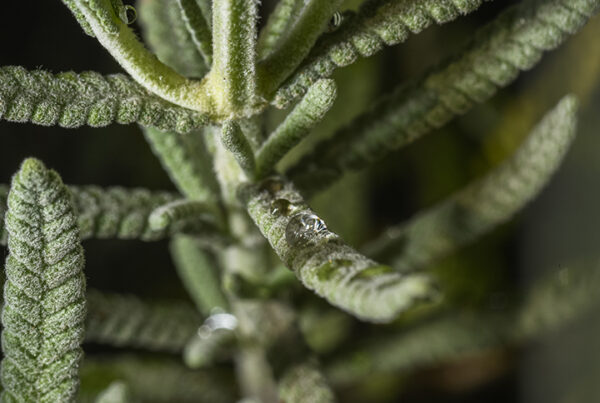
What is Relative Humidity?
Indoor air quality is directly influenced by moisture levels. Relative humidity is a measure of how much moisture is in the air compared to how much it could hold at a given temperature. For example, when the relative humidity is at 50%, the air is holding half the moisture it’s capable of holding.
Relative humidity naturally fluctuates throughout the day and across seasons. In comparison, warm air can hold more moisture than cool air. This is why summer can feel so heavy and sticky while a cool, dry day feels refreshing.
Ideally, experts recommend maintaining indoor relative humidity levels between 50% and 60%. When humidity levels are too high, it can create the perfect environment for mold, mildew, and dust mites which can trigger allergies and respiratory issues. On the other hand, when the air is too dry, it can irritate your skin, sinuses, and throat.
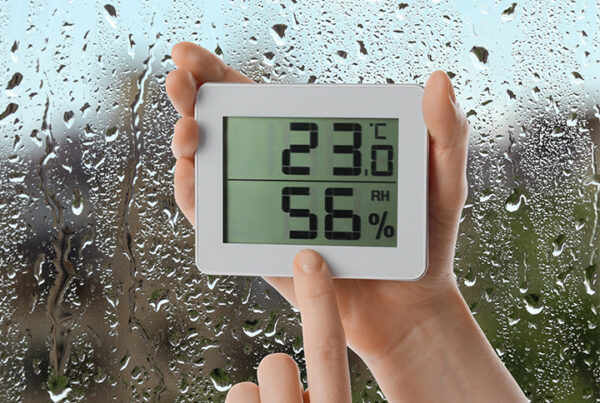
The Importance of Managing Humidity Levels
While it’s easy to notice when a space feels too hot or too cold, excessive moisture in the air often goes unnoticed until it starts causing problems.
Whether it’s causing discomfort, encouraging the growth of allergens, or slowly damaging your home’s materials, unmanaged humidity can have a far-reaching impact.
Managing humidity isn’t just about convenience–it’s about prevention. By keeping humidity in check, you support better air quality, protect the integrity of your home, and reduce the likelihood of avoidable maintenance issues. With the help of smart humidity solutions like XDRIER’s energy-efficient dehumidifiers, managing moisture becomes built into your daily comfort.

The Importance of Managing Humidity Levels
Excessive indoor humidity can have numerous negative impacts on health. Here are some of the most common health risks associated with high humidity, and why they matter: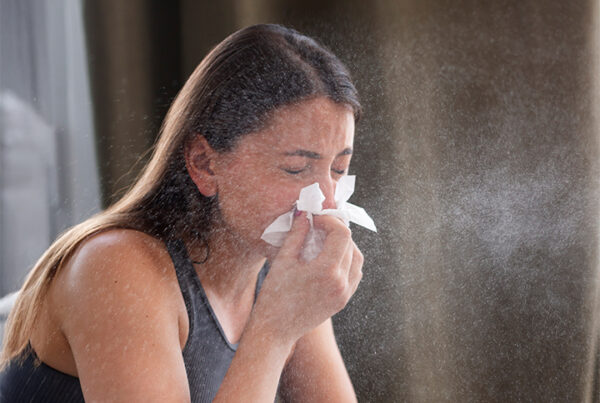
Allergies and Asthma
High humidity fosters the growth of the most common indoor allergens, namely: mold, mildew, and dust mites.
When humidity levels are elevated, these allergens can multiply rapidly, leading to increased allergic reactions, such as sneezing, coughing, watery eyes, and skin irritation. For individuals with asthma, the presence of mold spores and dust mites in the air can trigger more frequent and severe asthma attacks, making indoor spaces unsafe and uncomfortable without proper humidity control.

Respiratory Infections
Excess moisture in the air can encourage the growth of bacteria, viruses, and fungi, most of which thrive in damp environments.
Breathing in air filled with microbial particles can increase the risk of respiratory infections, bronchitis, and sinus congestion. Moreover, humid air can make it harder for the respiratory system to filter out harmful particles, putting additional strain on the lungs and weakening the body’s natural defenses against illness.

Poor Sleep Quality
Sleeping in a humid environment can disrupt your body’s ability to regulate its internal temperature.
When humidity is too high, the air feels warmer than it actually is, making it harder to cool down and fall into deep, restorative sleep. Tossing and turning, night sweats, and frequent wakefulness are common signs that excessive humidity is affecting sleep quality. Over time, poor sleep can lead to fatigue, irritability, and weakened immune function.

Skin Irritation and Rashes
Prolonged exposure to high humidity can prevent sweat from evaporating properly, leaving moisture trapped against the skin.
This can cause irritation, clogged pores, fungal infections, and heat rashes, particularly in areas where the skin is folded or covered. For individuals with sensitive skin conditions like eczema or psoriasis, humid environments can exacerbate symptoms, leading to increased discomfort and flare-ups.

Dehydration and Overheating
In humid air, sweat does not evaporate efficiently, which is the body’s main cooling mechanism.
As a result, the body may continue to produce sweat without achieving the cooling effect, leading to excessive fluid loss. If not managed, this can cause symptoms of dehydration such as dizziness, headaches, and muscle cramps, and can even contribute to dangerous heat exhaustion in extreme cases.

Signs of High Humidity in Your Home
The effects of high humidity often develop quietly, but it leaves behind noticeable clues, many of which are easy to spot once you know what to look for.
Recognizing these early warning signs allows you to take proactive steps before moisture begins affecting your health or damaging your home:
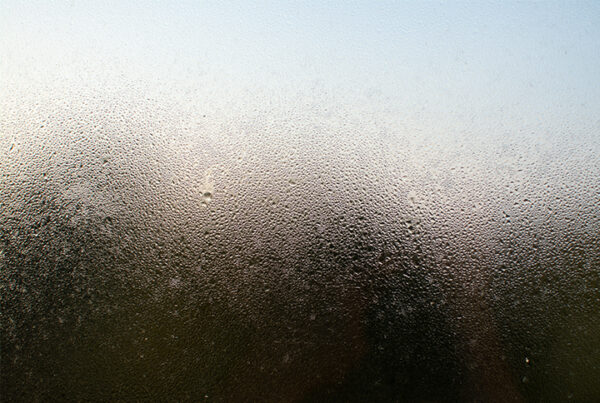
Condensation on Windows and Glass Surfaces
If you often see water droplets forming on the inside of windows, glass doors, or bathroom mirrors, your indoor air may be holding too much moisture. Persistent condensation is one of the earliest and most visible indicators of high humidity.

Musty or Damp Odors
A lingering musty or damp odor–especially in basements, closets, bathrooms, or laundry rooms–typically signals the presence of mold or mildew. These smells often develop before visible growth appears, making them a critical early warning sign.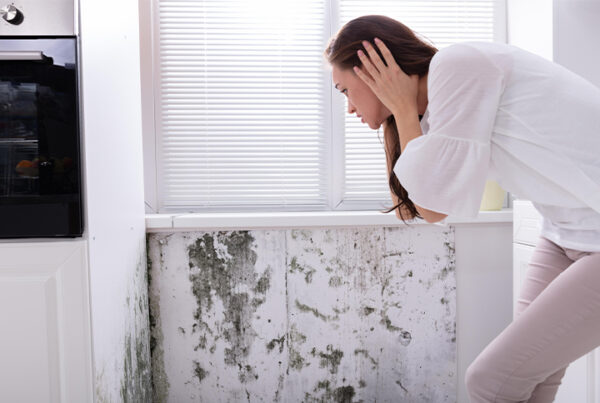
Visible Mold or Mildew Growth
Black, green, or gray patches of mold on surfaces like walls, tile grout, ceilings, or window sills mean moisture has reached a level that supports fungal growth. Even small areas of mold can indicate broader humidity issues in the space.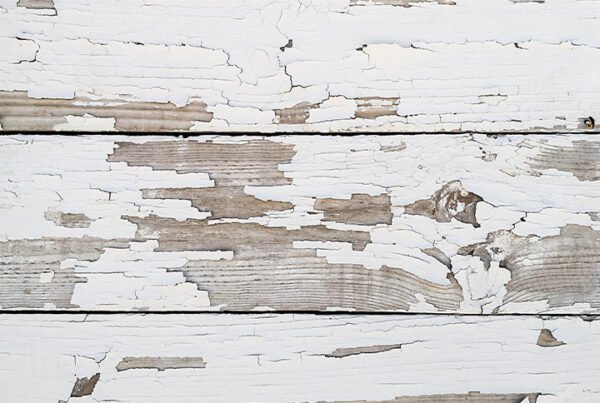
Warped Wood and Peeling Paint
Wood absorbs moisture easily. When indoor humidity is high, hardwood floors may swell, warp, or lift at the edges. Excess moisture behind walls can also cause paint to blister, crack, or peel. Wallpaper may also begin to bubble or detach from the wall.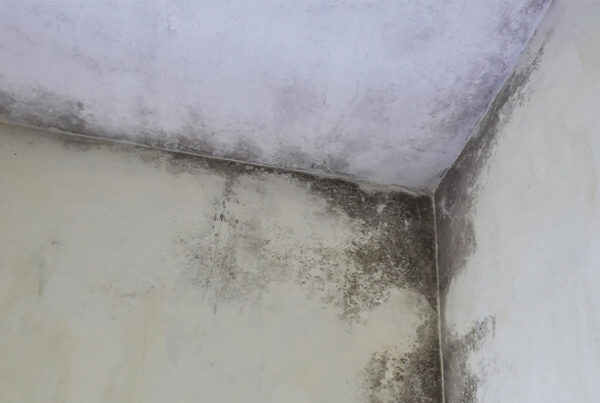
Water Stains or Discoloration on Walls or Ceilings
Yellow or brown stains, especially around baseboards or ceiling corners, often point to hidden moisture problems. These may be caused by condensation, small leaks, or prolonged humidity exposure.
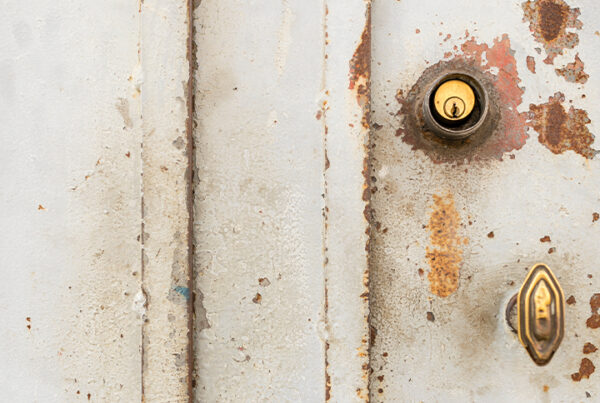
Visible Rust on Fixtures or Hardware
High humidity can accelerate rusting on metal items indoors. If you see rust forming on tools, hinges, light fixtures, or plumbing components, there’s a good chance the air in that area is too damp.
Simple Steps to Manage Humidity for a Healthier Home
Excess indoor moisture can lead to a range of issues. With a few simple maintenance habits and the right equipment, you can take control of humidity and create a healthier, more comfortable home environment.
Inspect Attics and Crawl Spaces for Moisture Intrusion
These often-overlooked areas can become humidity traps if not properly insulated or ventilated. Inspect for signs of condensation, musty smells, or visible mold. Ensure vents are clear and functional, and consider installing a vapor barrier in crawl spaces to block ground moisture from rising into your home.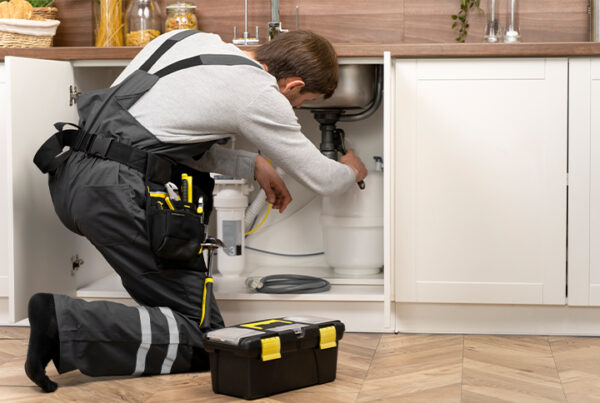
Fix Leaks and Water Intrusion
Even small leaks from pipes, roofs, windows, or appliances can introduce continuous moisture into your home. Regularly inspect these areas and repair any issues promptly. Catching leaks early not only helps reduce humidity but also prevents mold growth and long-term structural damage.
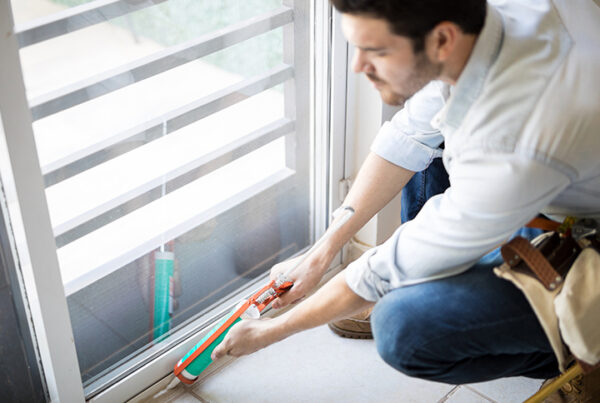
Seal Gaps Around Windows and Doors
Gaps and cracks around windows, doors, and baseboards can allow warm, humid air to enter your home–especially in the summer. Sealing these openings with weatherstripping or caulk reduces the amount of moisture entering your living space. This simple maintenance step can help stabilize indoor humidity and reduce the workload on your HVAC system or dehumidifier.

Avoid Air-Drying Clothes Indoors
Air-drying laundry inside can release a significant amount of moisture into the air. Whenever possible, dry clothes outdoors or use a properly vented dryer. In circumstances where outdoor drying isn’t feasible, keep a dehumidifier running nearby to counteract the moisture.

Schedule Regular HVAC Maintenance
Your HVAC system plays a key role in managing indoor humidity, especially during warm months. Regular professional maintenance including filter replacement, coil cleaning, and duct inspection helps ensure the system can effectively remove excess moisture from the air. A well-maintained system runs more efficiently and can help prevent unexpected humidity spikes.
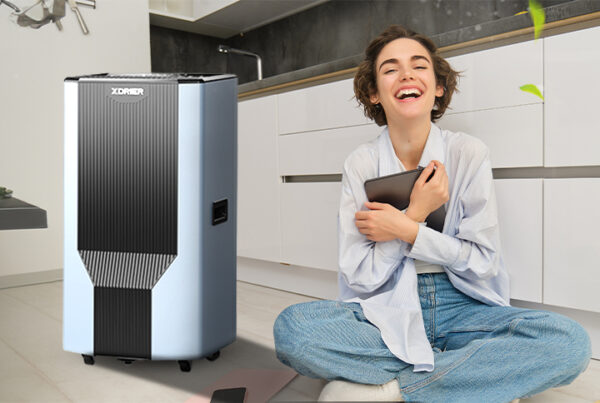
Invest in a Smart Dehumidifier
A high-quality dehumidifier is the most effective way to reduce excess indoor moisture. Models like XDRIER’s smart dehumidifier automatically monitor and adjust humidity levels to keep your home within the ideal range. It is equipped with an LED display that delivers real-time readings.
With a large-area coverage, it’s an excellent solution for basements, living spaces, and your entire home. Its energy-efficient design and user-friendly controls make it a reliable option for maintaining optimal air quality and protecting your home year-round.

Conclusion
Relative humidity plays a crucial role in shaping the environment inside your home–often in ways that go unnoticed until problems arise. From triggering health issues like allergies and respiratory discomfort to quietly damaging your home.
Fortunately, managing humidity doesn’t have to be complicated. With regular maintenance, attention to common warning signs, and the support of modern tools like XDRIER’s dehumidifiers, you can take control of your indoor environment. By maintaining optimal humidity levels, you’re not just improving air quality–you’re preserving the comfort, safety, and value of your home for years to come.
Ready to create a healthier home environment? Explore XDRIER’s full range of energy-efficient dehumidifiers and equip your home with a smarter humidity control solution.
